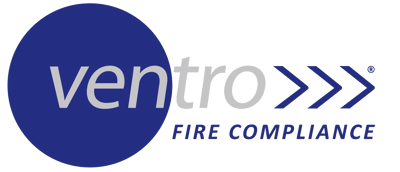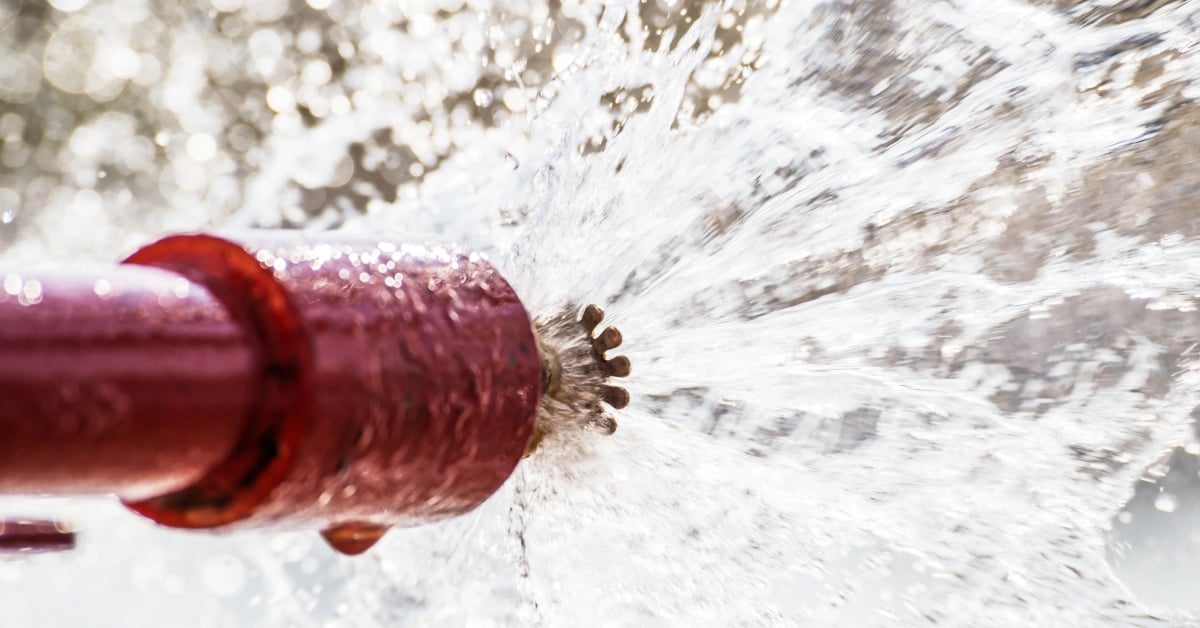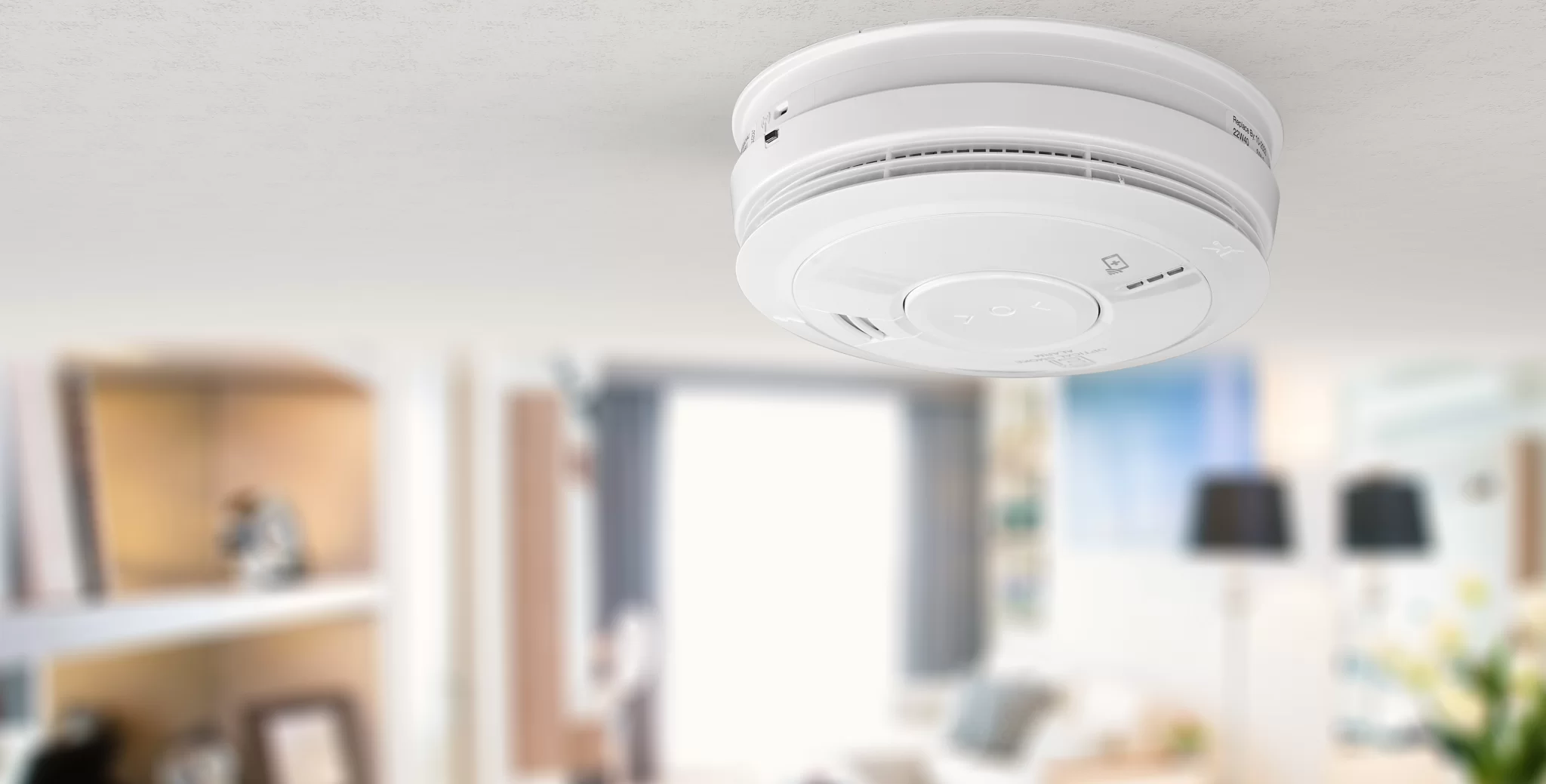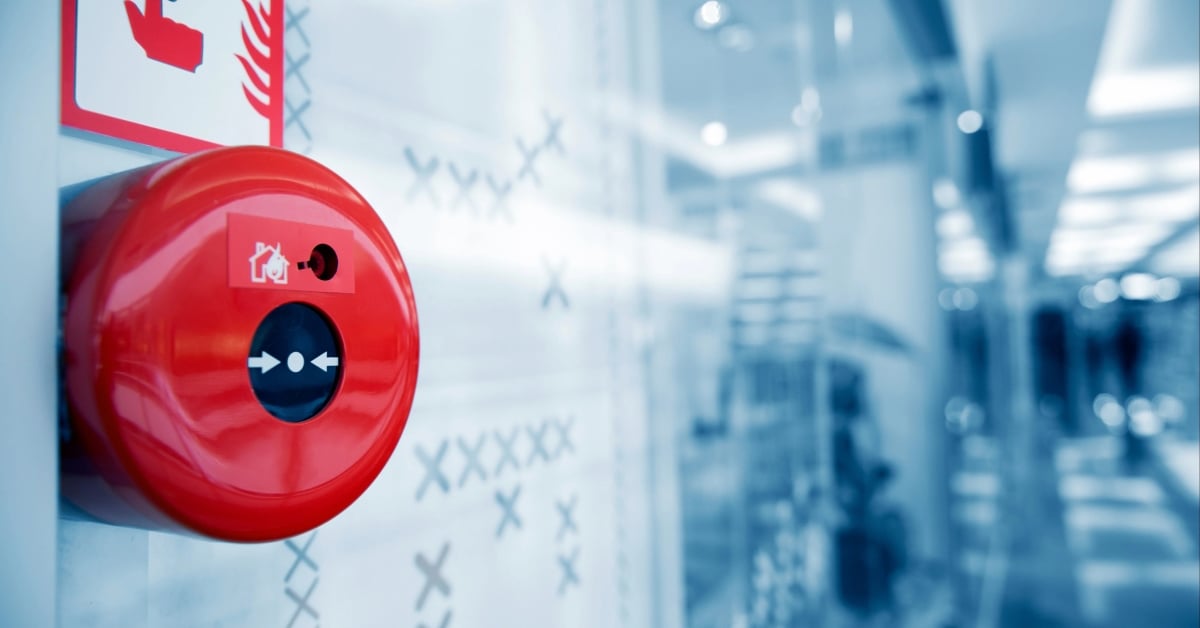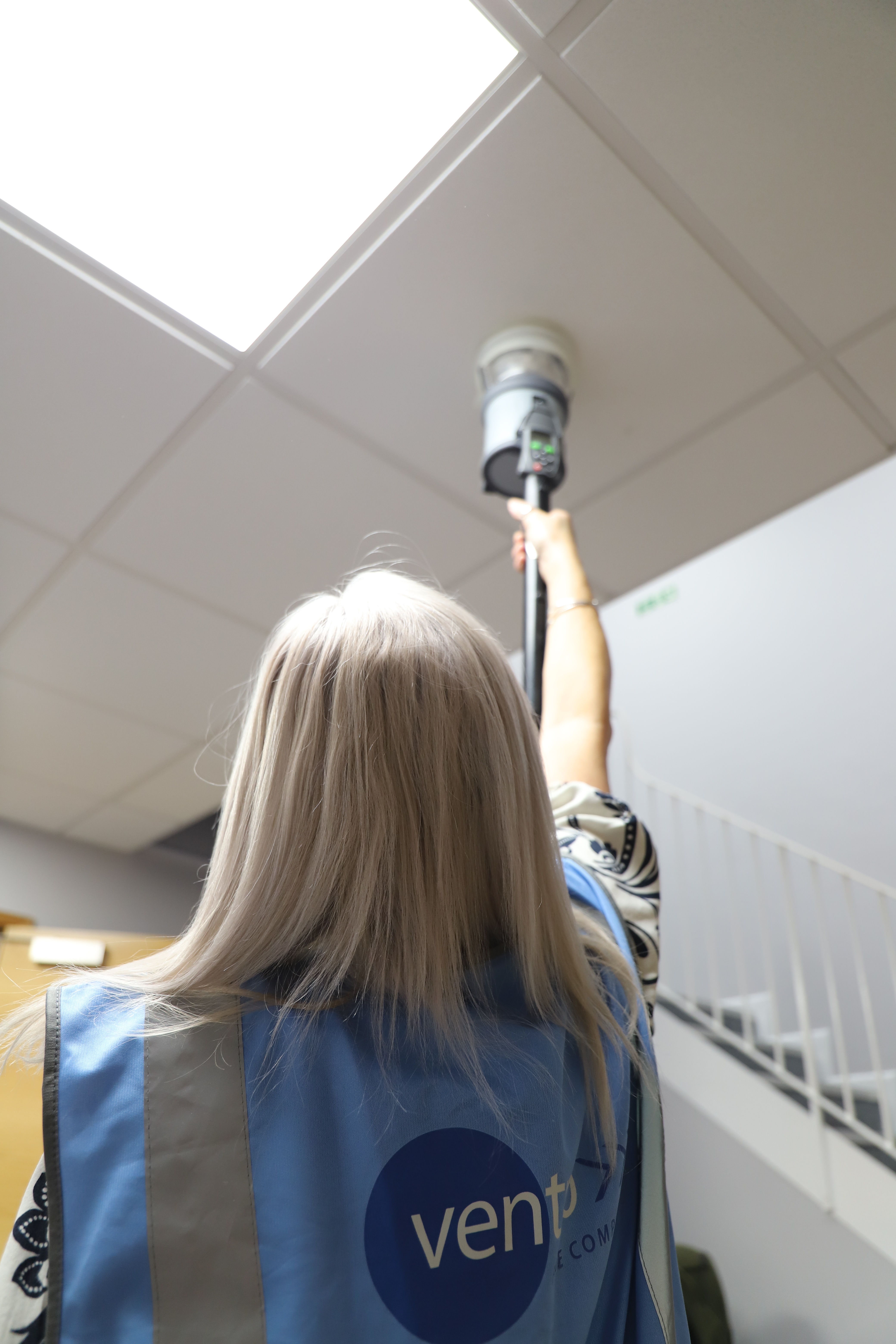Sprinkler Systems Made Simple: A 6-Step Installation Guide
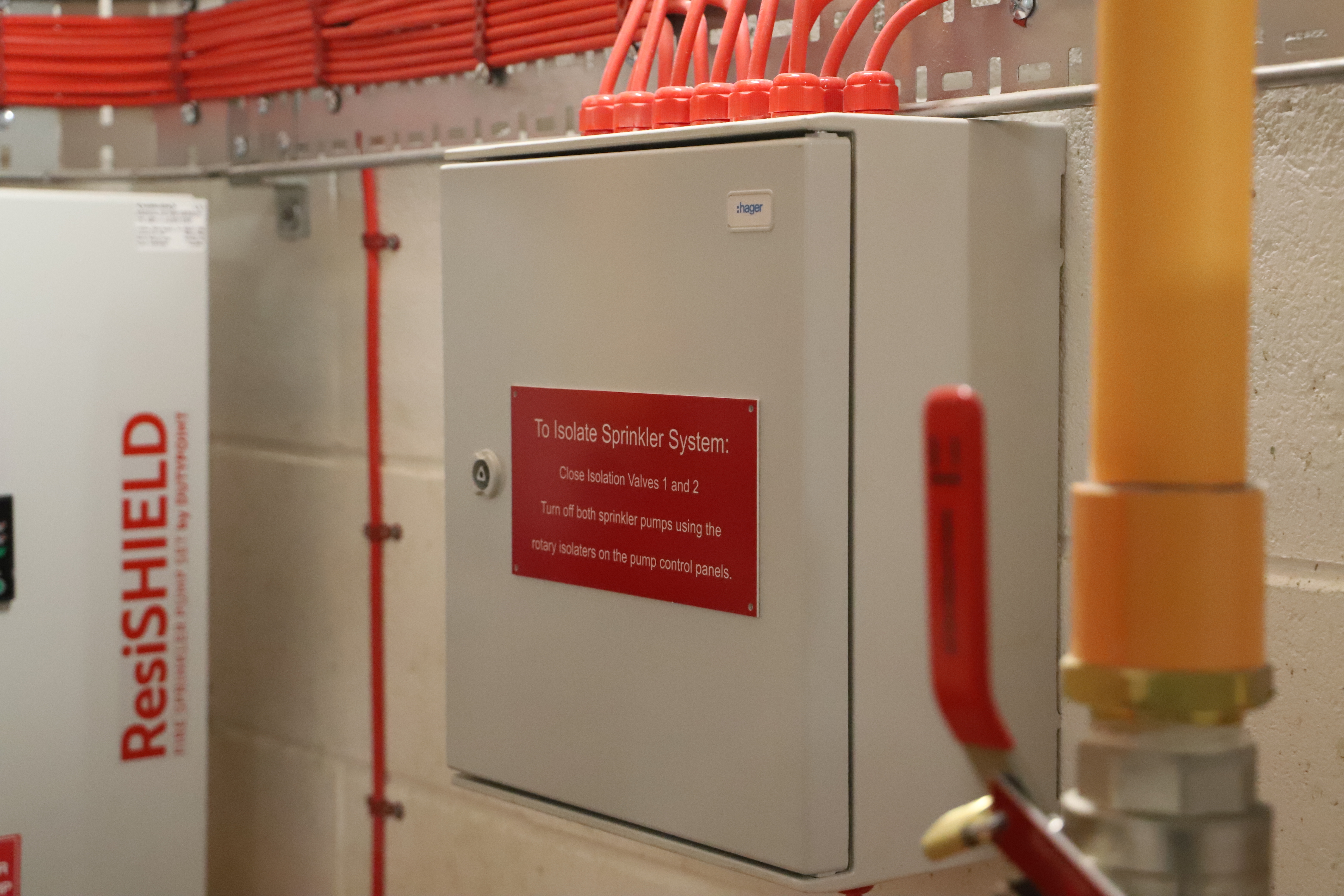
If you've never managed a sprinkler installation before, it can feel like a complex task. This blog breaks down the key steps to help building safety managers ensure their system is properly installed and fully fit for purpose.
1. Initial Assessment and Planning
The journey to installing an effective and compliant sprinkler system begins with a thorough assessment and meticulous planning. This initial phase is paramount as it lays the foundation for the entire project. Understanding your building’s layout, water supply, and fire safety requirements is essential. Accurate information about the building's size, occupancy, and fire risk areas allows the design team to create a system that meets all regulatory and operational needs.
Conducting pressure and flow tests is a critical part of this stage. These tests help assess the existing water supply to ensure it can support the sprinkler system. Sprinkler systems rely on consistent water pressure and flow to function effectively in a fire. Identifying whether booster pumps, tanks, or other modifications are needed at this stage helps ensure compliance and reliability.
2. Detailed Design and Specification
With the assessment complete, the next step is developing a tailored design for the sprinkler system. The design process involves selecting appropriate sprinkler heads, pipework routes, and water storage solutions. Compliance with British Standards such as BS EN 12845 for commercial buildings and BS 9251 for residential properties is crucial.
Hydraulic calculations play a significant role in this phase. These calculations ensure that the system delivers the correct water flow and pressure for effective fire suppression. The design must also consider the building's layout, fire risks, and occupancy to ensure optimal coverage and regulatory compliance. Proper design and specification create a robust foundation for the subsequent phases.
3. Procurement and Site Preparation
Once the design is finalised, procuring the necessary materials and selecting a qualified installer becomes the focus. Choosing a contractor with relevant industry accreditations ensures compliance with building and fire safety regulations. Clear communication with residents or occupants about the installation timeline and access arrangements helps minimise disruption.
Site preparation involves readying the building for installation, ensuring minimal disruption to occupants, and coordinating access arrangements. This stage also includes sourcing all required materials and equipment, ensuring they meet stringent fire safety standards. Proper procurement and preparation are essential for a smooth and efficient installation process.
4. Installation and System Integration
The installation phase brings the design to life. This involves fitting the necessary pipework, positioning sprinkler heads for optimal coverage, and integrating the system with the existing fire safety infrastructure. The installation must adhere to UK regulations to ensure safety and compliance.
Maintaining a high standard of workmanship is critical. Properly installed systems not only enhance fire protection but also maintain the building’s structural and aesthetic integrity. Careful planning is required to route pipes through walls, ceilings, and floors efficiently. Different types of sprinkler heads, such as concealed heads for residential properties and upright or sidewall sprinklers for commercial buildings, are used based on the environment and fire risks.
5. Comprehensive Testing and Commissioning
Once installation is complete, rigorous testing and commissioning are required to ensure the system functions as expected. This stage verifies that all components operate correctly, meet regulatory standards, and are ready for emergency use. Key testing procedures include pressure and flow tests, alarm and system activation tests, and leak and integrity testing.
Final approval from relevant authorities, such as building control inspectors or fire safety officers, is necessary. This phase concludes with providing comprehensive documentation, including test results and maintenance requirements, to the building owner or responsible person. Thorough testing and commissioning ensure the system’s reliability in protecting lives and property.
6. Regular Maintenance and Compliance Checks
Maintaining a new sprinkler system is crucial to ensure it remains fully operational and compliant with UK fire safety regulations. A well-maintained system provides reliable fire protection, reducing the risk of failure in an emergency. Regular inspections and servicing are essential to keep the system in peak condition.
Routine checks include weekly inspections of control valves, pumps, and water supply connections. Quarterly and annual testing involves pressure and flow tests, alarm activation tests, and functional checks on all system components. Keeping detailed records of all inspections, tests, and servicing activities demonstrates compliance with fire safety laws and ensures any issues are promptly addressed. Engaging a certified fire safety contractor for ongoing maintenance helps meet legal obligations and guarantees the system remains effective.

By following these key steps, building owners and managers can ensure their sprinkler systems are both compliant and dependable, delivering long-term fire protection and peace of mind. For a deeper dive, download our comprehensive Sprinkler Installation Guide here.
Sign up for fire safety updates
You'll receive all the latest news and blogs straight to your inbox.
